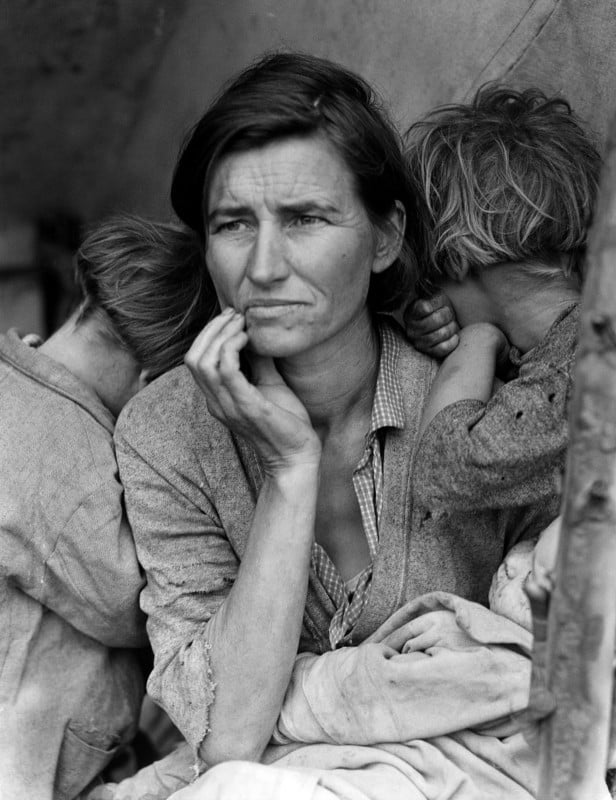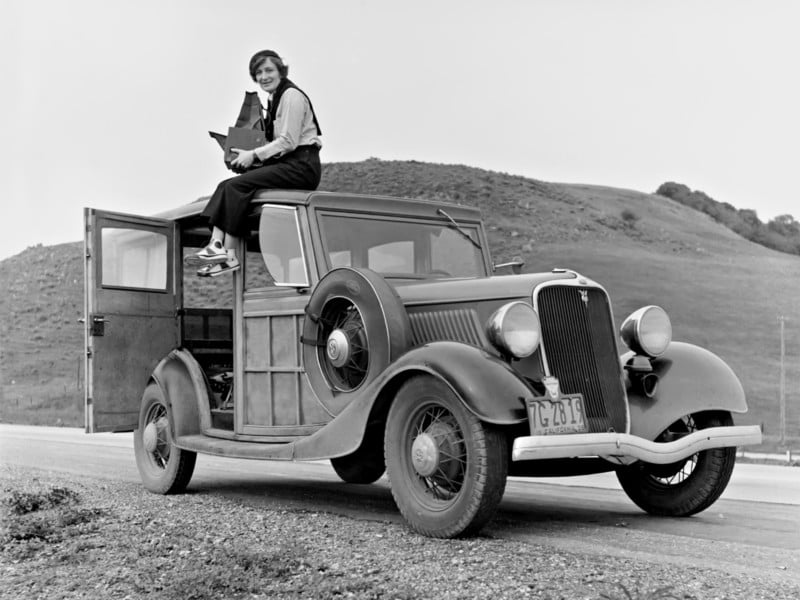The ‘Migrant Mother’ in Dorothea Lange’s Iconic Photo
Dorothea Lange’s iconic “Migrant Mother” is one of the most famous photographs ever taken. But who was the woman featured in the portrait? This 7-minute video from Today I Found Out delves in to the complete story behind the image.
As she was out on assignment in California’s San Joaquin Valley, Lange came across the woman who became the face of despair that exemplified this period in American history. In 1960, Lange described the experience in an interview with Popular Photography:
I saw and approached the hungry and desperate mother, as if drawn by a magnet. I do not remember how I explained my presence or my camera to her, but I do remember she asked me no questions. I made five exposures, working closer and closer from the same direction. I did not ask her name or her history. She told me her age, that she was thirty-two. She said that they had been living on frozen vegetables from the surrounding fields, and birds that the children killed. She had just sold the tires from her car to buy food. There she sat in that lean-to tent with her children huddled around her, and seemed to know that my pictures might help her, and so she helped me. There was a sort of equality about it.
The woman that she speaks of was Florence Owens Thompson, and her photograph became symbolic of the Depression. At the time, Lange had promised Thompson that her name would not be published, to spare her children the embarrassment.

“We were ashamed of it,” one of Thompson’s daughters said after her death in 1965. “We didn’t want no one to know who we were.”
At the time of the photograph, Thompson was 32 years old with seven children. She had been on the way to look for work, when her car broke down on the side of the road. Her second husband and two eldest sons went ahead in search for help, leaving Thompson and her five children behind. Lange spotted her and went on to take the iconic shot.

Thompson never benefited financially from the photograph, though it went on to make Dorothea Lange’s reputation, helping her to later earn a Guggenheim fellowship.